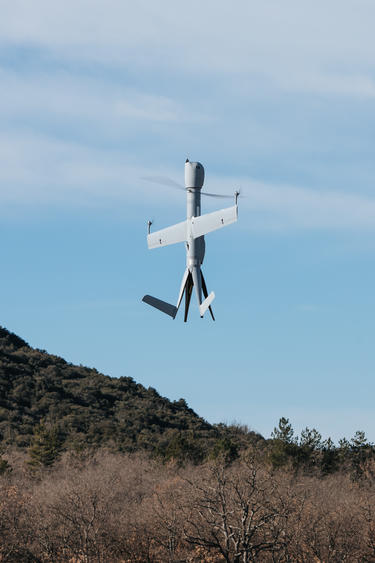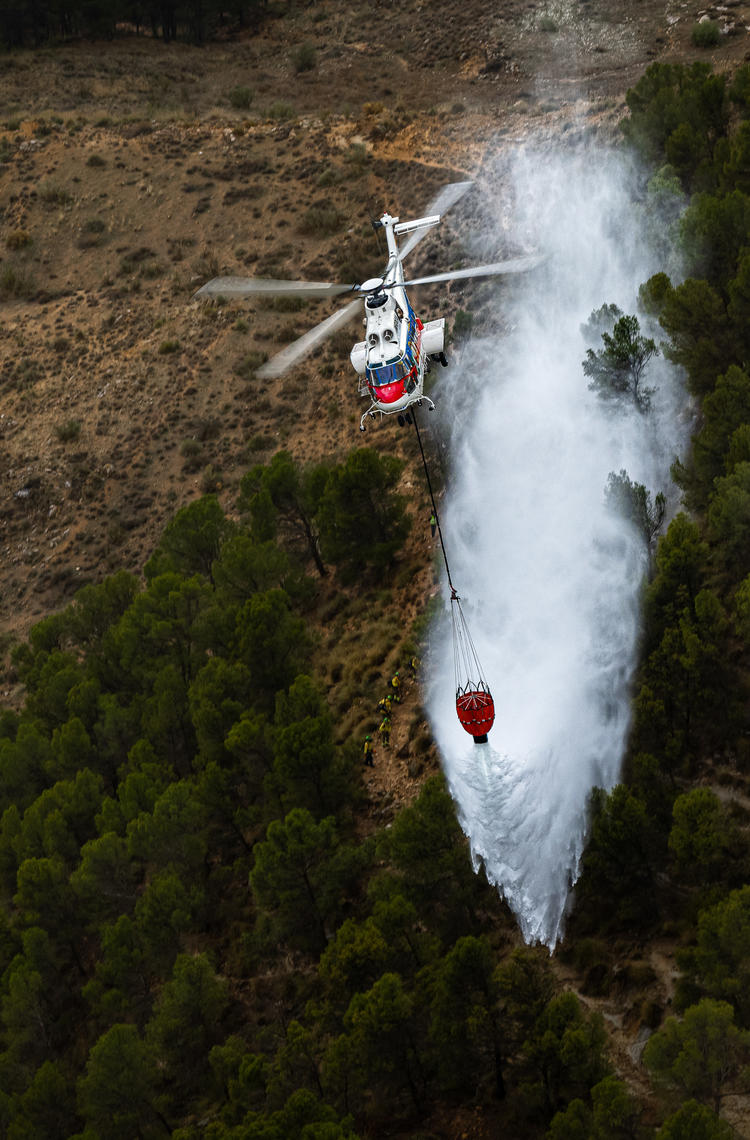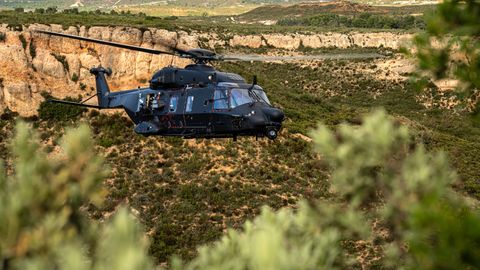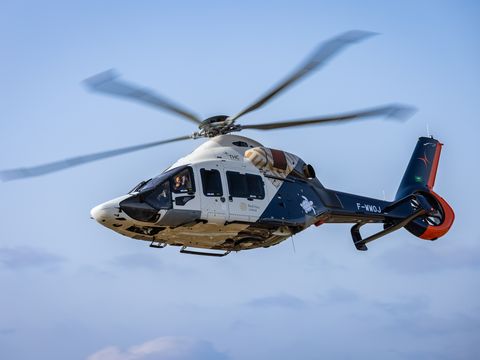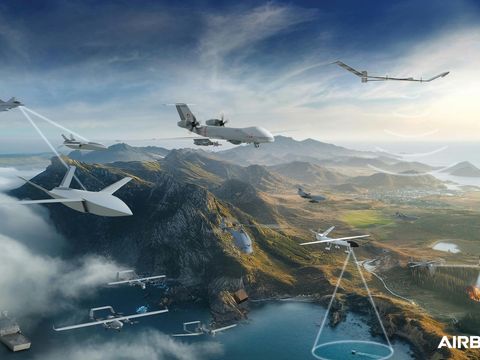Airbus Helicopters’ Head of Global Business, Olivier Michalon, discusses how vertical lift solutions are adapting to a world of increasing volatility and urgent humanitarian needs.
How are the helicopter and uncrewed aerial systems (UAS) responding to some of the challenges and crises that we are witnessing throughout the world today?
Olivier Michalon: At the moment, there are two trends on a global level: the geopolitical situation is becoming increasingly volatile and we are seeing conflicts in various places around the world. Recently, we’ve seen a sharp increase in demand for defence and security helicopters for all types of missions, from basic training to combat helicopters—the full spectrum. And today, as we have the largest helicopter range in the defence sector, we are essentially able to address almost the entire market.
Unfortunately, at the same time, there are more natural disasters: fires, mudslides, massive floods – and again, it’s happening all over the world and all year long. Nothing can really compare to a helicopter’s capacity to make lifesaving interventions. Only helicopters can winch people out of immediate danger or drop bottled water and supplies to populations that are stranded and that could die of dehydration and hunger.
We’re seeing more forest fires and here too, helicopters play a vital role in water bombing missions. They can intervene faster, drop water, reload and drop water again—and this extra speed when time is critical is the added value of the helicopter. It is extremely flexible and can be quickly reconfigured between these various operations. Factor in the wide range of capabilities offered by UAS such as the VSR700, Flexrotor and small tactical UAS, Aliaca, and you can see that vertical lift solutions are already absolutely vital and that they will grow increasingly more so.
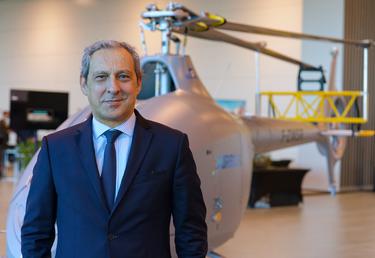
Defence and security are currently hot topics. What does this mean for Airbus Helicopters?
Olivier Michalon: I believe that at Airbus Helicopters we are fairly well-prepared for these global developments because three years ago we started this transformation to really enhance our focus on military and parapublic markets. Over the last few years, we’ve increased the emphasis on being a more defence and security-minded company without forgetting the civil sector, of course, because we are the market leader and we want to maintain this leadership. The reason we did that is because 80% of the growth potential in the years to come is going to be in defence and security. When we made that change, our analysis said that this period would cover the next five years. But in the meantime, the geopolitical situation has worsened. So maybe it’s for the next 10 or 15 years. It’s impossible to tell.
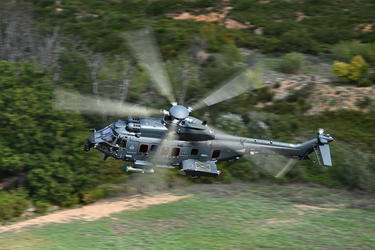
How are governments responding to these twin challenges?
Olivier Michalon: Another important trend is that European governments are reasserting their strategic autonomy and self-reliance in order to create a safer world for their citizens. This is significant because it demands quick developments across the European defence and security ecosystem. Delivering what is necessary will require activity in a number of areas and, as a fundamentally European company, we recognise that we are an important part of this ecosystem and it is our ambition to play a leading role. Naturally, Airbus Helicopters already is a vital actor in terms of ensuring the resilience and independence of supply chains. As a market leader of vertical lift solutions, we are constantly forging new partnerships and enhancing existing ones. This is vital for renewing the security infrastructure across the continent and even beyond. Of course, this rejuvenation is driving innovation, as European nations and governments further afield seek new technology that might give them a defensive edge. This is certainly evident in the acceleration of delivering crewed-uncrewed teaming, which is increasingly a priority due to its ability to multiply the effectiveness of both the UAS and crewed aircraft flying alongside them. This will have a huge impact on military especially, but also disaster relief operations. Our policy of continuous development means our research and technology strategy continues not only to deliver innovation after innovation, constantly creating more value for operators, but also means we are a source of jobs for highly skilled workers in Europe.
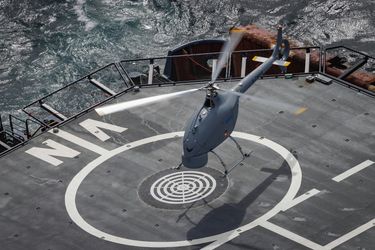
How does Airbus Helicopters' range of products and solutions support operators who are increasingly facing these global challenges?
Olivier Michalon: The escalating dual challenges of hybrid warfare and accelerating climate disasters demand unparalleled versatility for assets serving defence and security operators. We expect to see an increase in hybrid conflicts, further blurring lines between military and civil threats, meaning nations need platforms capable of rapid, multimission deployment. Concurrently, the global surge in natural catastrophes – from wildfires to floods – necessitates immediate, effective humanitarian intervention. Our Airbus Helicopters range is explicitly designed to meet this critical need, offering inherently adaptable solutions that span both our crewed and uncrewed platforms. Take the Super Puma family for example, which truly exemplifies this multi-role capability. The H215 stands as a heavy-lift powerhouse vital for critical firefighting operations, proven by Greece signing a contract for eight of them, while the H225, recently ordered by Germany’s Bundespolizei, excels in demanding law enforcement and security roles. Its H225M military variant further integrates advanced systems like HForce for sophisticated tactical operations, showcasing its seamless transition from civil security to defence. Similarly, the NH90, a cornerstone across every branch of the Spanish armed forces for military and search and rescue (SAR) missions, is also deployed for firefighting in Germany for the Bundeswehr, highlighting its capacity to fly both defence and disaster response missions. And the H145 truly embodies agility, capable of everything from light attack and tactical transport to life-saving helicopter emergency medical services (HEMS), police and critical SAR operations.
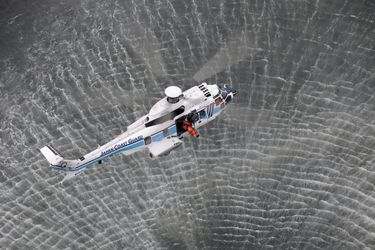
Complementing this, our UAS such as the VSR700, Flexrotor and Airbus Defence and Space’s Aliaca, offer critical force multiplication, providing persistent surveillance, reconnaissance and intelligence in both military contexts and for assessing disaster zones. This intrinsic multi-role capability across our fleet, both crewed and uncrewed, ensures that our customers are equipped with the flexibility and readiness to address any challenge, whether on the battlefield or in the face of a natural catastrophe. Ultimately, the opportunity to have highly versatile solutions that can individually perform many different missions is a great asset. Governmental agencies do not have to procure 30 helicopters when 16 can do the job. Then, when you consider the impact that can be achieved with increased connectivity and interoperability, you start to understand why these solutions are going to have such an important role in keeping citizens safe, in Europe and beyond.
